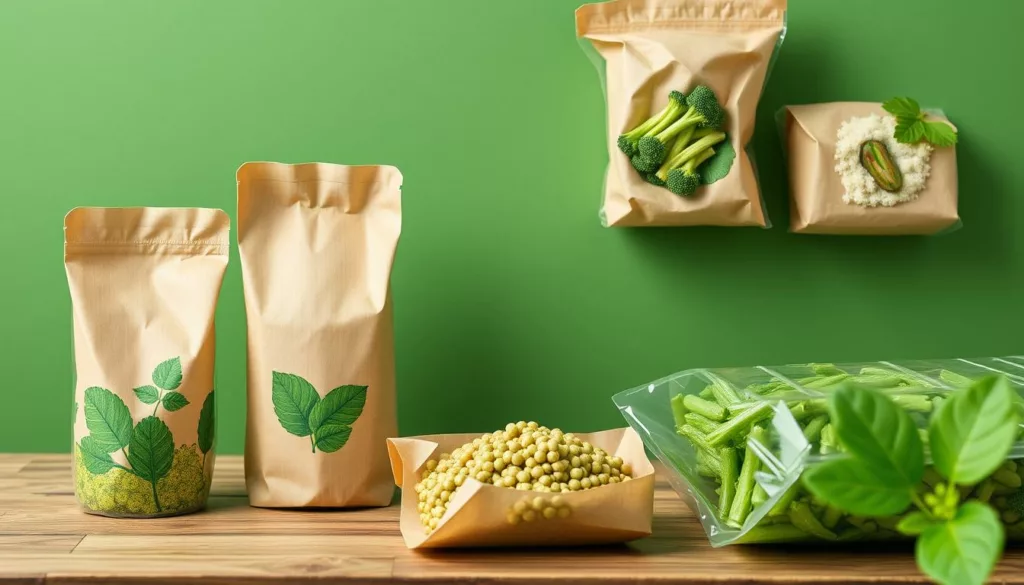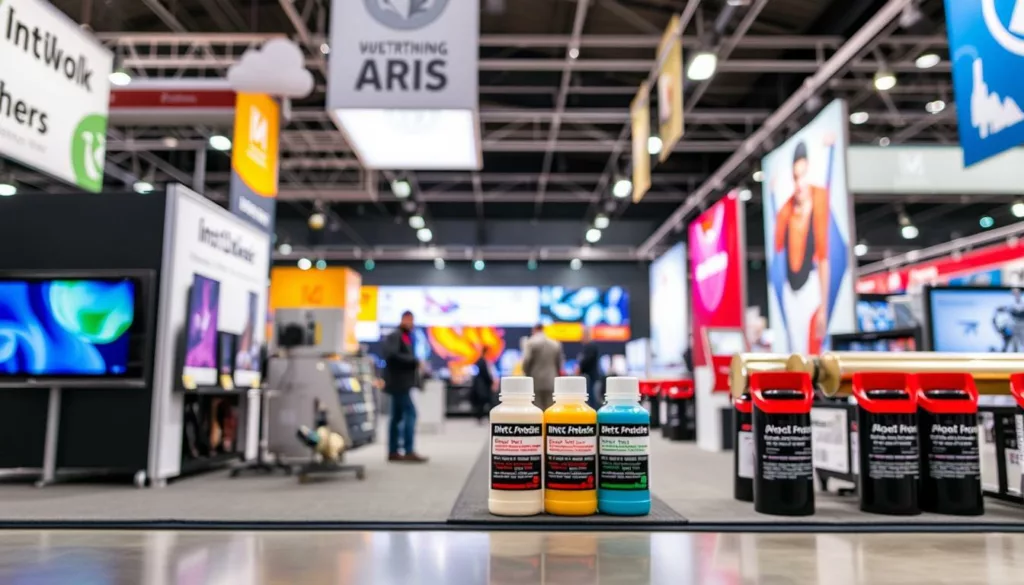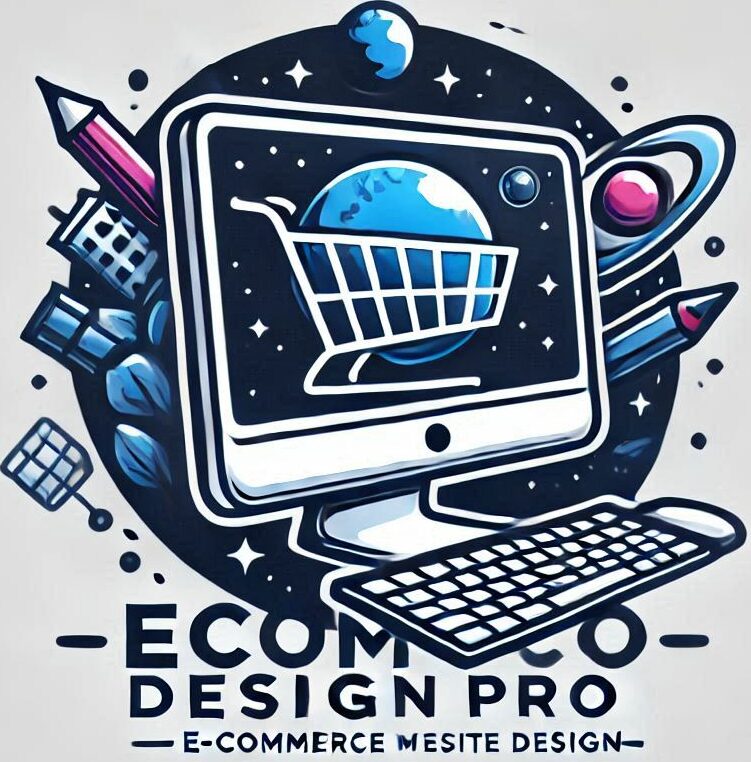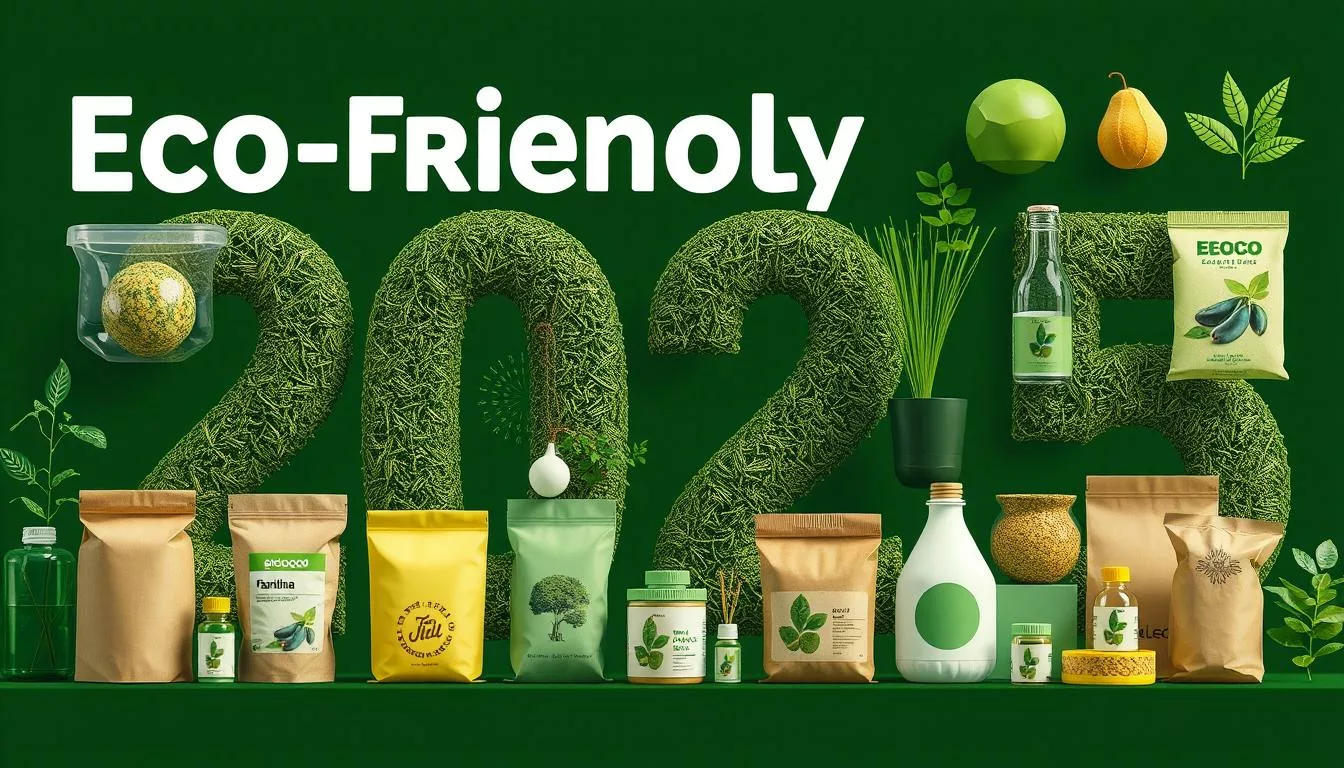
Every major shift starts with momentum. After 2024 pushed recyclable and compostable options into the mainstream, 2025 builds on that rapid change. What was once experimental now appears across retail shelves, direct-to-consumer boxes, and industrial supply chains.
U.S. consumers and brands expect measurable impact reductions, so companies adopt circular systems that favor reuse, higher recycled content, and lower-footprint materials. Innovation spans the whole pack — from PLA and PHA films to mycelium foams, plus inks and hot-melt adhesives designed to leave fewer residues.
Smart labels like QR and NFC guide disposal and increase trust through clear eco-labeling and traceable carbon scores. Minimalist design and paperization cut excess materials while keeping a great unboxing experience. Retailers, CPGs, and shippers are aligning strategy, operations, and procurement so sustainable choices reach scale and cost parity.
Read on to explore practical steps U.S. brands can take now to create measurable, credible results across the market and the world.
Key Takeaways
- 2025 scales eco choices from pilots to everyday practice across sectors.
- Consumers and brands demand measurable reductions and circular solutions.
- Material and label innovation compound to improve end-of-life outcomes.
- Clear eco-labels and smart codes boost trust and traceability.
- Cost and performance parity make sustainable options practical to adopt.
Why sustainable packaging is accelerating in 2025
A mix of rules, shoppers, and corporate goals is speeding change across the supply chain.
User intent: U.S. consumers want clear answers: which choices actually lower environmental impact, which labels to trust, and how to dispose of items easily. Surveys show 84% of customers avoid brands with poor environmental practices. That expectation shapes buying decisions every day.
Key drivers: ESG targets, policy pressure, and buyer demand force faster action. Extended Producer Responsibility laws, plastic fees, and proposed EU rules push companies to redesign sooner rather than later.
Brands are matching pledges with procurement rules that favor certified materials and verified performance. Technology like QR codes, NFC tags, and traceability platforms helps surface disposal steps, origin data, and carbon scores.
- Consumers reward clear eco-labels and usable recycling guidance.
- Retailers and B2B buyers require documented performance over experiments.
- Practical solutions win: those that cut waste, lower cost, and fit existing lines.
| Driver | What it means | Business action |
|---|---|---|
| Regulations | Higher cost for hard-to-recycle formats | Redesign to reusable or recyclable formats |
| Consumer demand | Preference for brands with clear guidance | Adopt traceable eco-labels and disposal info |
| Corporate ESG | Public targets for recyclability | Procure certified materials and set KPIs |
Materials choice matters from origin to end-of-life. Companies should pilot, measure, and iterate quickly with KPIs tied to environmental impact and customer experience.
Biodegradable packaging trends 2025: materials and designs reshaping the market

Design shifts are making single-material formats the default for many shelf products.
Mono-material solutions—like all-PP trays or all-PE pouches—avoid incompatible layers and ease sorting. Mondi’s switch to a mono polypropylene ham pack is a clear example that boosts recovery and lowers contamination.
Compostable and bio-based choices
Compostable formats suit contaminated foodservice and snack use cases. PepsiCo’s plant-based, industrially compostable chip bag shows where this option fits best.
Bio-based films such as PLA and PHA, plus mushroom mycelium foams, offer protective performance and lower impact when managed correctly.
Paperization and minimalist design
High-barrier papers and cellulose foams (Apple’s RISE insert) replace plastic trays and inserts while keeping quality. Thinner gauges, fewer components, and right-sized product holders cut material use and waste.
| Approach | Benefit | Example |
|---|---|---|
| Mono-material | Better sorting & recycling | Mondi PP ham pack |
| Compostable | Works for soiled food items | PepsiCo compostable chip bag |
| Paperization | Recyclable in fiber streams | Apple RISE cellulose insert |
Teams should pilot by SKU, test shelf life and drop performance, and add clear disposal guidance so consumers and brands trust the results.
From adhesives to smart labels: enabling technologies and circular models
Small material choices—like the right adhesive or a QR tag—can unlock large gains in circular systems.
Next-gen inks and hot-melt adhesives

New inks and hot-melt adhesives support recyclable and compostable formats. Power Adhesives’ Tecbond 214B and 110B are certified, partially bio-based hot melts that break down without leaving microplastics.
Choosing compatible adhesives and inks keeps recycling streams clean and helps compostable products behave as designed.
Smart labeling and traceability
QR and NFC tags bridge the last-mile knowledge gap for consumers. They surface disposal steps, material origins, and verified sustainability data that build trust.
Standardized eco-labeling and carbon scoring let brands prove claims and help sorting facilities route materials correctly.
Refillable containers and operational wins
Refill and return models cut single-use waste. Nestlé’s stainless steel snack containers show how deposits and durable containers reduce landfill and emissions.
Operational fixes—like pallet adhesives replacing stretch film—lower plastic use without losing load stability.
- Map the circular model: collect, clean, refill, redeploy.
- Pilot in real conditions (humidity, line speed, cold-chain) before scale-up.
- Align engineering, operations, and marketing to select materials and solutions that work together.
How U.S. brands can implement sustainable packaging now

Start small: pick one high-volume SKU and redesign it to match local recycling streams. This creates a low-risk test bed and delivers fast learnings.
H3
A practical roadmap: design, materials, adhesives, measure
Design for recyclability. Target mono-material or fiber-based options that match municipal systems. Minimize mixed layers, inks, and coatings to keep sorting simple.
Choose better materials. Evaluate PLA/PHA films, mycelium foams for cushioning, and higher PCR content plastics. Test for shelf life and drop performance before scaling.
Select smarter adhesives. Use certified hot melts (Tecbond 214B/110B) where they fit line speed and bond needs. The right adhesives help recyclers and avoid microplastic residue.
Cut transit waste. Replace excess stretch film with engineered pallet adhesives and right-size cartons to reduce waste without harming protection.
- Use QR/NFC and eco-labels to guide consumer disposal and validate claims.
- Design to EPR/PPWR-style regulations to lower future compliance risk.
- Measure with traceability and carbon scoring, then codify what works into supplier specs.
Conclusion
The move toward circular design is no longer optional for brands that want to lead the market.
In the current market, mono-materials, refill models, and paperization prove that sustainable solutions scale without losing performance. Materials innovation, smarter adhesives and inks, and QR/NFC labels make it easier to deliver measurable sustainability and lower environmental impact.
Consumers and brands now align around verified reductions and clear disposal guidance. Policy and procurement will raise the bar, so companies that pilot, measure with traceability and carbon scoring, and turn wins into playbooks will reduce waste and mitigate risk.
Takeaway: build for circularity, prove performance with data, and scale proven solutions—one package at a time.
FAQ
What makes sustainable packaging more urgent for U.S. consumers and brands?
Many buyers now expect companies to cut waste, lower carbon footprints, and use materials that are easier to recycle or compost. Corporate ESG targets, local regulations limiting single-use plastics, and visible land- and ocean-pollution problems are pressing brands to redesign product containers, labels, and adhesives to meet modern expectations.
Which materials are gaining the most attention for low-impact containers and product wraps?
Fiber-based boards, molded pulp, PLA and PHA alternatives, mushroom mycelium, and higher PCR content plastics are seeing strong demand. These options help reduce virgin fossil-fuel use and simplify sorting systems when designers favor single-material constructions that improve recyclability and lower field contamination.
How do mono-material designs improve recycling and reduce waste?
Using one primary material across a bottle, label, cap, and seal reduces the need for labor-intensive separation and increases the value of recovered material streams. That approach makes it easier for municipal systems and private reclaimers to process items, which raises collection rates and cuts down on landfill or incineration.
Are compostable formats a realistic choice for more products?
Compostable formats work well for many food-service items, mailers, and some flexible wraps, especially when municipalities or commercial composters accept them. Brands must match material claims to local infrastructure and clearly label end-of-life instructions to avoid confusing consumers and contaminating recycling loads.
What role do inks and adhesives play in circular designs?
Inks and adhesives determine whether a package can be recycled or composted. Water-based, peelable, and hot-melt adhesives that avoid microplastics help keep fibers and polymers clean. Proper selection prevents processing disruptions at recycling facilities and supports higher-quality recycled output.
How can smart labels and traceability improve recycling outcomes?
QR codes, NFC tags, and digital product passports can tell consumers how to dispose of items and allow recyclers to identify material mix. These tools also let brands verify recycled content and sustainability claims, improving transparency across supply chains and building consumer trust.
What are practical first steps for a brand switching to greener containers and closures?
Start with a material audit, redesign for a single dominant material, pilot PCR or fiber alternatives on a limited run, and test adhesives and inks for compatibility. Work with converters and waste processors early to confirm end-of-life pathways and update product labeling to guide consumers.
Can refillable and returnable systems scale for mainstream retail?
Yes. Major retailers and CPGs already run pilot refill kiosks, deposit-return schemes, and reusable delivery packaging. Success requires robust logistics, hygienic design, incentives for returns, and partnerships with reuse-service providers to make the model cost-effective and convenient.
How do regulations influence material choice and labeling decisions?
How should brands measure and report the environmental impact of their containers?
Use life-cycle assessments, track recycled content and recyclability rates, and report greenhouse gas reductions from material switches. Third-party standards and certifications from organizations like the Sustainable Packaging Coalition, ASTM, or UL help validate claims and improve credibility.
What common pitfalls should companies avoid when adopting new materials and designs?
Avoid switching materials without checking supply chains or end-of-life infrastructure, neglecting label clarity, and making unverified sustainability claims. Also, don’t underestimate production-tooling costs and the need for testing to maintain product protection and shelf life.
How can small companies access better materials and adhesives without huge budgets?
Source shared packaging platforms, work with co-packers that offer green options, join buying groups for volume discounts, and prioritize low-cost swaps like label changes or lightweighting. Grants and sustainability-focused accelerators also offer technical and financial support.
Which brands or programs are leading by example on reusable or circular containers?
Retailers like Starbucks and Target, CPG companies such as Unilever and Nestlé, and reuse startups like Loop have run well-documented pilots or rollouts. Many participate in industry coalitions that set reusable-system standards and share best practices.



